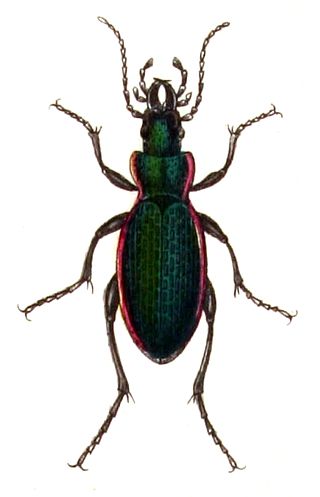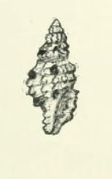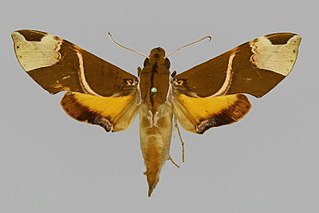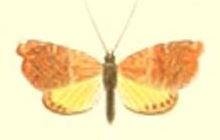
Stag beetles are a family of about 1,200 species of beetles in the family Lucanidae, currently classified in four subfamilies. Some species grow to over 12 centimetres, but most to about 5 cm (2 in).

Manu National Park is a national park and biosphere reserve located in the regions of Madre de Dios and Cusco in Peru. It protects a diverse number of ecosystems including lowland rainforests, cloud forests and Andean grasslands.

Scutelleridae is a family of true bugs. They are commonly known as jewel bugs or metallic shield bugs due to their often brilliant coloration. With the name based on the Asian genus Scutellera, they are also known as shield-backed bugs due to the enlargement of the thoracic scutellum into a continuous shield over the abdomen and wings. This latter characteristic distinguishes them from most other families within Heteroptera, and may lead to misidentification as a beetle rather than a bug. These insects feed on plant juices from a variety of different species, including some commercial crops. Closely related to stink bugs, they may also produce an offensive odour when disturbed. There are around 450 species worldwide.

Anaspis is a large genus of beetles belonging to the family Scraptiidae. These small beetles are sometimes falsely called tumbling flower beetles (Family:Mordellidae) as they occur in large numbers on flowers and have a habit of tumbling to the ground when disturbed. They do not have a vernacular common name, but some recent authors have coined the name false flower beetles, though this is used for their taxonomic family as well.
Paradiaptomus excellens is a species of copepod in the family Diaptomidae. It is endemic to South Africa.

Carabus excellens is a species of beetle endemic to Europe, where it is observed in Belarus, Moldova, Poland, Romania, central and southern Russia, and Ukraine.

Pseudodaphnella excellens is a species of sea snail, a marine gastropod mollusk in the family Raphitomidae.
Pseudogaurotina abdominalis is a species of the Lepturinae subfamily in the long-horned beetle family. This beetle is distributed in United States and Canada.

Pseudogaurotina cressoni is a species of the Lepturinae subfamily in the long-horned beetle family. This beetle is distributed in Canada, and the United States.

Pseudoangonyx is a monotypic moth genus in the family Sphingidae described by Ulf Eitschberger in 2010. Its only species, Pseudoangonyx excellens, described by Walter Rothschild in 1911, is known from Aru, Papua New Guinea and northern Queensland.

Oreina speciosa is a species of broad-shouldered leaf beetles of the family Chrysomelidae, subfamily Chrysomelinae.

Chrysodema is a genus of beetles in the family Buprestidae, containing the following species:
Glipostenoda is a genus of beetles in the family Mordellidae, containing the following species:

Pseudogaurotina is a genus of beetles in the family Cerambycidae, containing the following species:

The curve-winged sabrewing is a species of hummingbird in the "emeralds", tribe Trochilini of subfamily Trochilinae. It is endemic to Mexico.
Glipostenoda excellens is a species of beetle in the genus Glipostenoda. It was described in 1995.

Hilarographa excellens is a species of moth of the family Tortricidae. It is found on the Bismarck Islands in the western Pacific Ocean.
Aegomorphus excellens is a species of beetle in the family Cerambycidae. It was described by Zajciw in 1964.
Parexarrhenus excellens is a species of beetle in the family Cerambycidae, and the only species in the genus Parexarrhenus. It was described by Stephan von Breuning in 1938.
Tmesisternus excellens is a species of beetle in the family Cerambycidae. It was described by Per Olof Christopher Aurivillius. It is known from Papua New Guinea.












